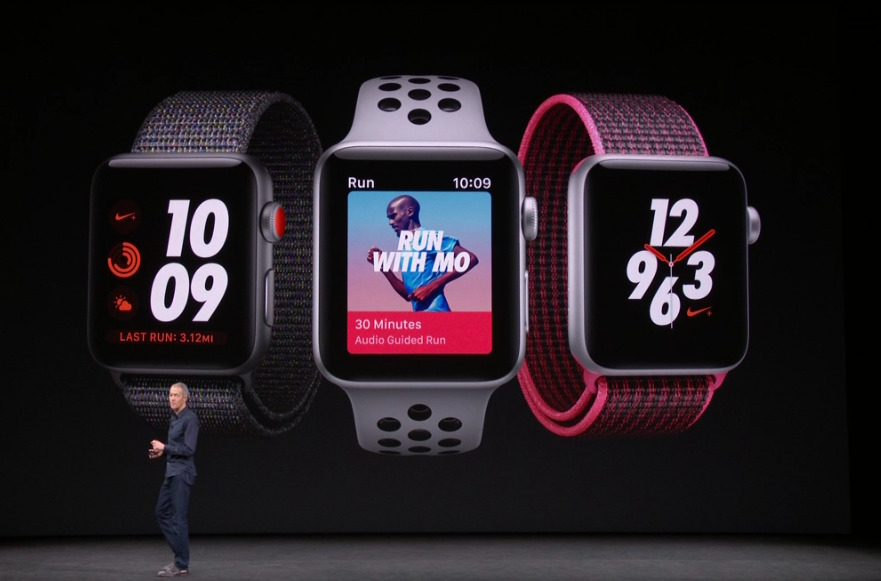How The Apple Watch's Heart Rate Sensor Helped Save A Man's Life
For as helpful as the Apple Watch is for keeping up with notifications and keeping tabs on your fitness, it's easy to forget that the increasingly popular wearable also has the ability to help save lives. This past Friday, James Green sent out a tweet explaining how the heart rate sensor on the Apple Watch did just that.
After receiving a notification that his heart rate was abnormally high, Green — who was using the iOS app HeartWatch to monitor his heart rate readings from his Apple Watch — went to the hospital to get things checked out. As it turns out, Green had a pulmonary embolism, a serious ailment that occurs when a blood clot is present in the lungs. Notably, a rapid or irregular heartbeat are just two of the few symptoms that often manifest when an individual has a pulmonary embolism.
As Green explained on Twitter, he received a notification from the app and called a doctor immediately. In an interview with The Telegraph, Green explained that the condition, in the opinion of the doctor, "would have been fatal" if Green didn't take immediate action to seek medical attention.
Recalling the moment he realised something was wrong, he said: "I got an alert from Heart Watch that my heart rate was continually above my resting heart rate of 54, even when I was just sitting at my desk.
"That along with other symptoms I was having was enough data I needed to act on it, and realise it wasn't a panic attack (since I have severe generalised anxiety), that it was something more."
A CT scan highlighted the clots and he was then rushed to hospital, he remembers "they did a couple of ultrasounds to monitor and put me on a blood thinner drip to reverse the clot damage".
After being treated, Green was discharged from the hospital this past Friday and, as mentioned above, is now on blood thinners.
This isn't the first time we've seen a story regarding the Apple Watch help save a life. Two years ago, for example, a high school football player went to the hospital after noticing an unusually high heart rate persisted after practice. After going to the hospital, it was discovered that the teen had a condition known as rhabdomyolysis.
"If it wasn't for the Apple Watch to alert him to the fact that there was a problem," the attending Doctor said at the time, "he probably would have just gone back to bed. He would have showed up for practice the next day and would have been one of the kids you read about every fall, who drops dead on the football field."
